Remembering Lotus’ Insane Concept Car Splurge, 15 Years On
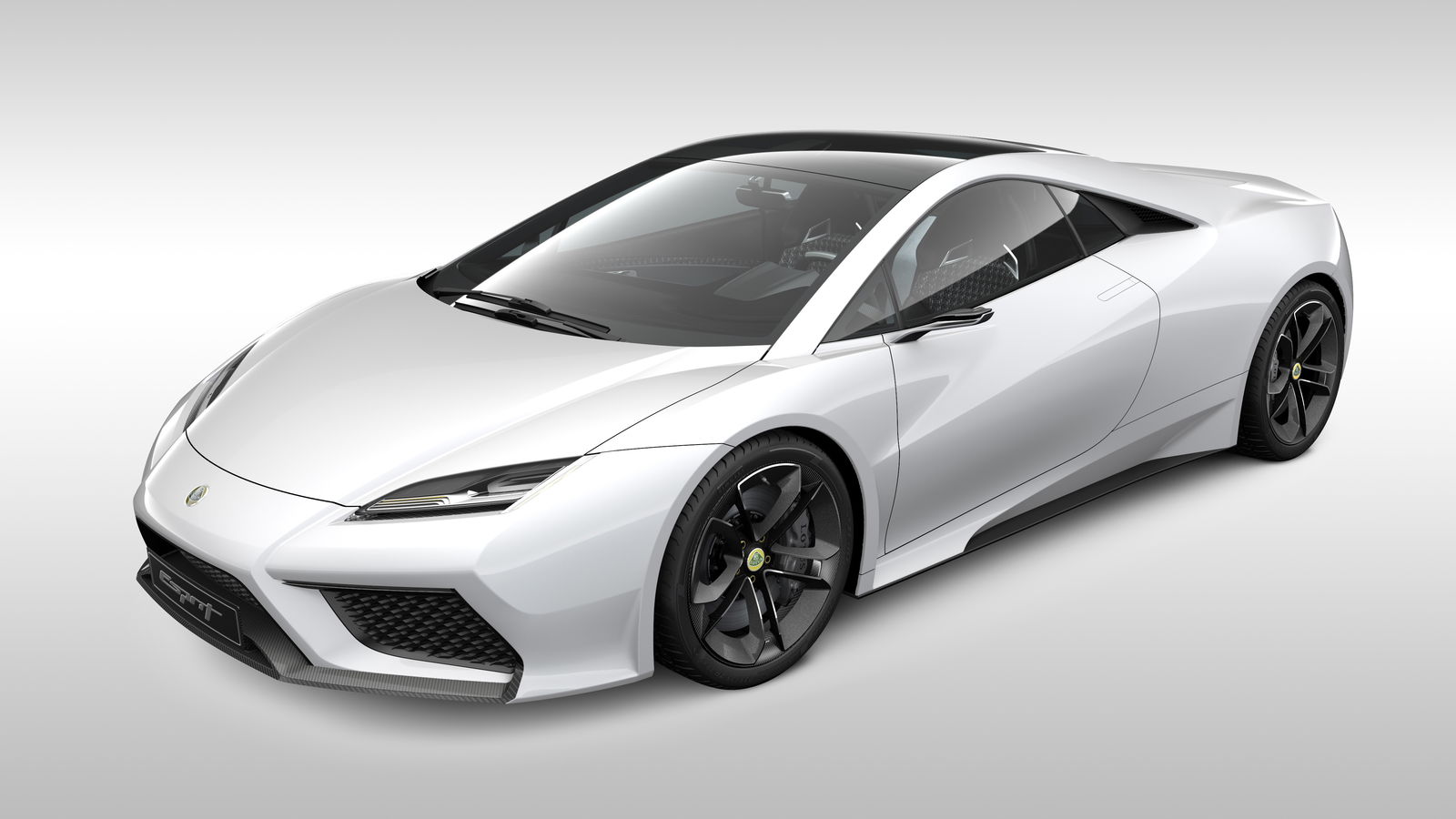
Lotus Cars is not in the rudest of health right now, but you could arguably apply that phrase to almost any moment in time since Colin Chapman hammered together his first racing car in his garage in 1948. In the following years, the company has bounced around countless owners and CEOs, often teetering on the precipice of financial ruin, and yet has stuck around against the odds, a perennial plucky underdog.
There’s always been ambition, though, perhaps no more so than in the early 2010s. In 2009, the company, then under the ownership of Malaysian carmaker Proton, gained a new CEO in Swiss businessman Dany Bahar. Bahar had an impressive CEO – he’d helped spearhead Red Bull’s entry into Formula 1, then spent two years heading up Ferrari’s uber-lucrative commercial department.
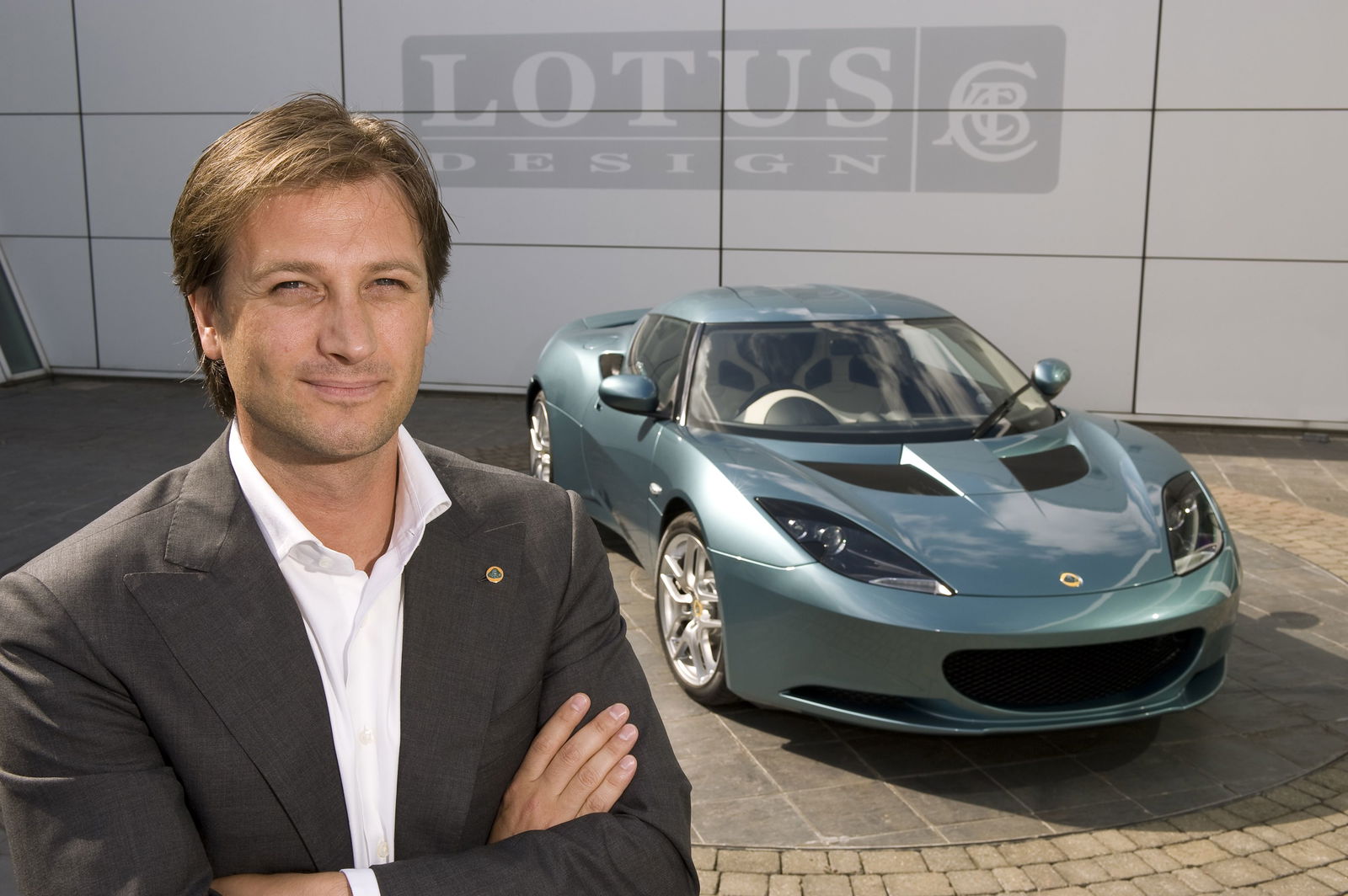
Now at the helm of the British brand, he had a grand vision – reverse 15 years of continuous loss-making by turning it into a major player in the luxury-performance market, one that could take on companies like Porsche, Aston Martin and even That One With The Horse On Its Badge.
The fruits of this vision were made public at the Paris Motor Show on 30 September 2010, almost 15 years ago to the day: no fewer than five performance car concepts, each aimed at moving Lotus into a far more luxurious space than it had ever occupied.
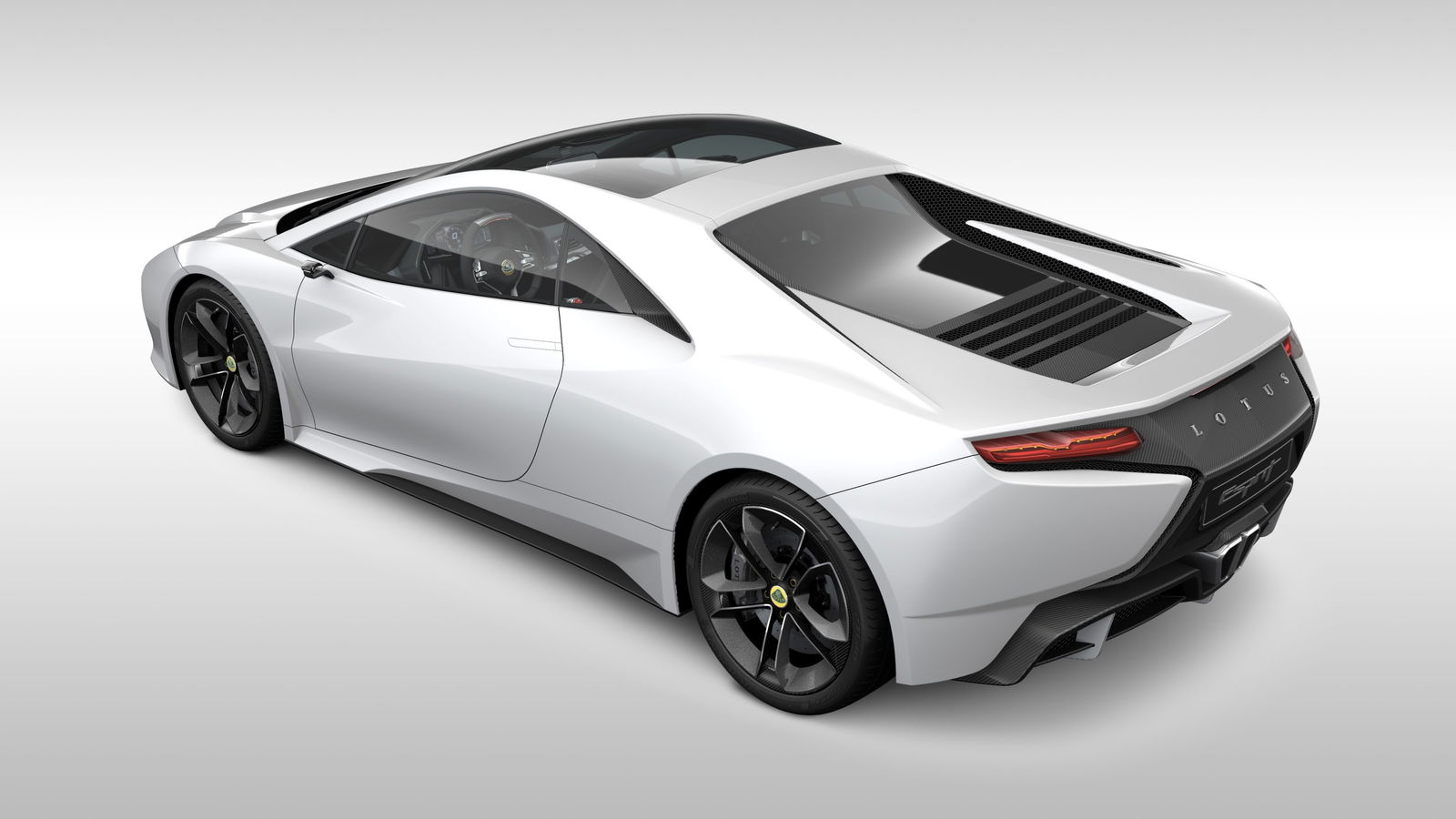
Perhaps most tantalising was the revival of the Esprit name for a mid-engined supercar, powered by a fettled version of the 5.0-litre V8 from the Lexus IS-F, and designed to take on the cream of the era’s crop – the Ferrari 458, Lamborghini Gallardo, and the then-incoming McLaren MP4-12C.
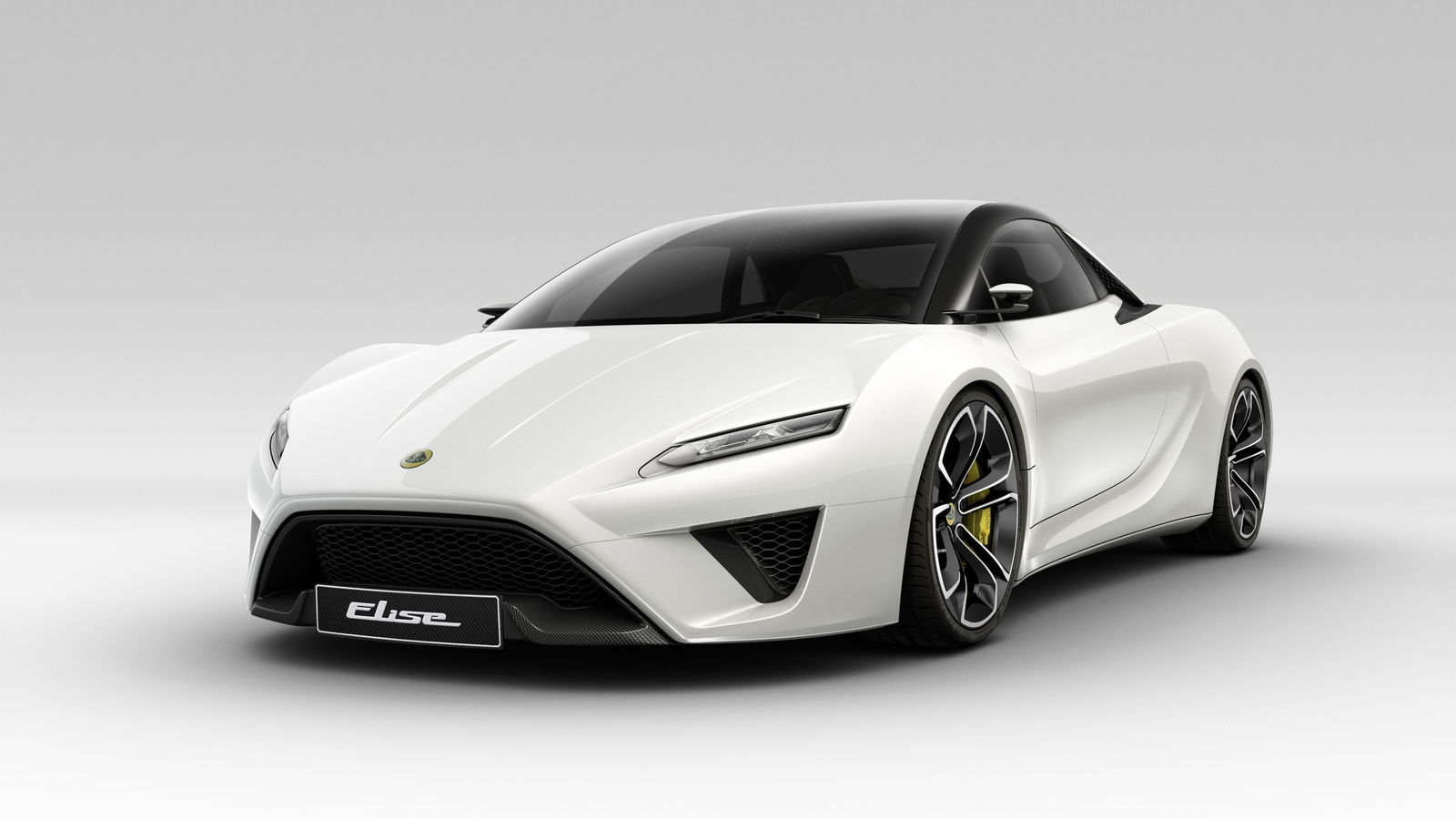
Elsewhere, an all-new Elise concept was shown, with a mooted 316bhp four-cylinder and a sub-1100kg kerbweight, figures that would have hit the soon-to-arrive Porsche Cayman R where it hurt. The Elan name was brought back from the dead, too, on a 2+2 coupe powered by a 4.0-litre V6 making 444bhp. Quite clearly, this had the Porsche 911 and Aston Martin Vantage in its sights.
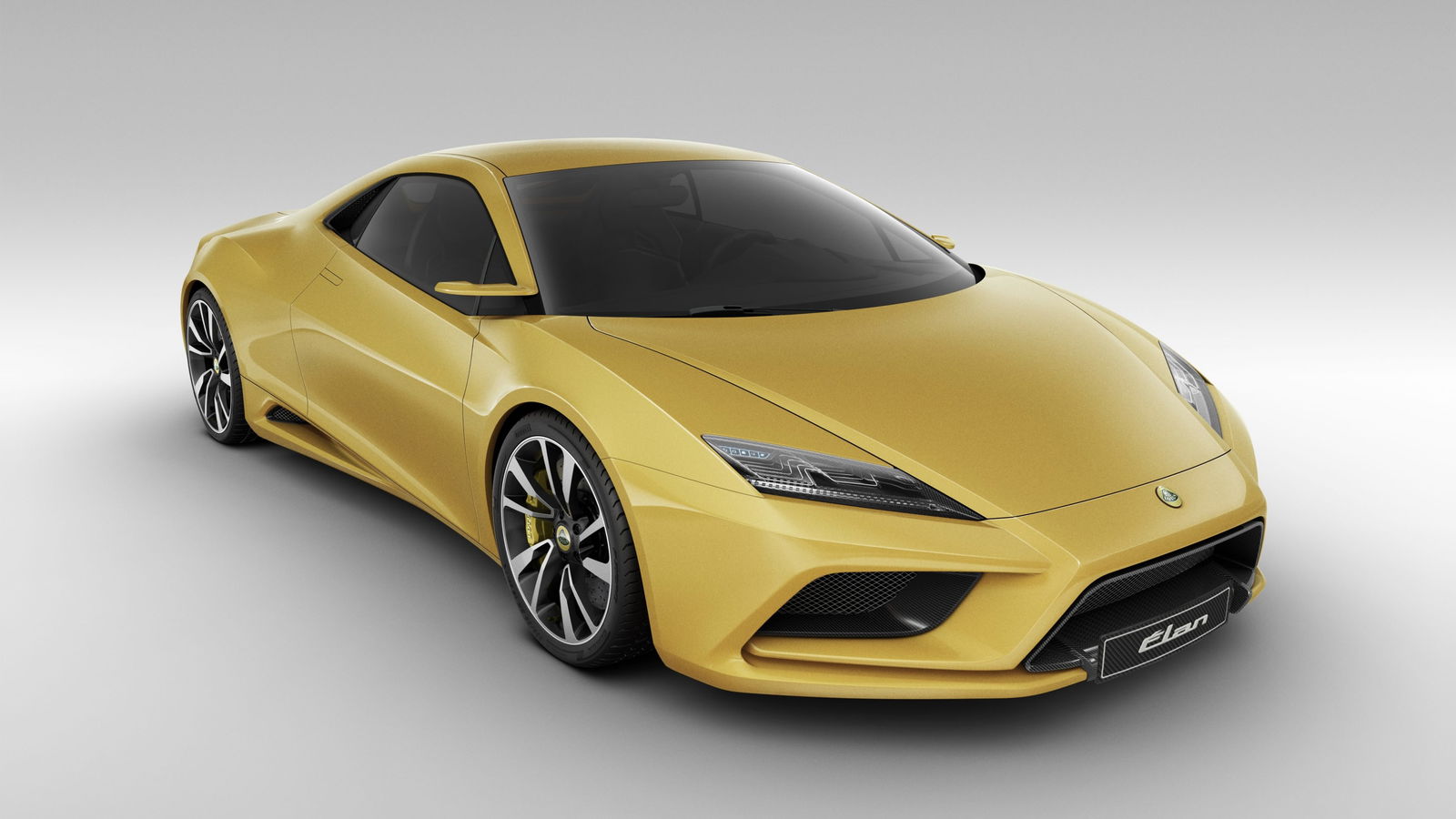
Then, there were two front-engined, rear-drive cars, something not seen from Lotus since the early 1990s. One revived the Elite name for a 2+2 grand tourer aimed at the likes of the Aston Martin DB9 and Maserati GranTurismo.
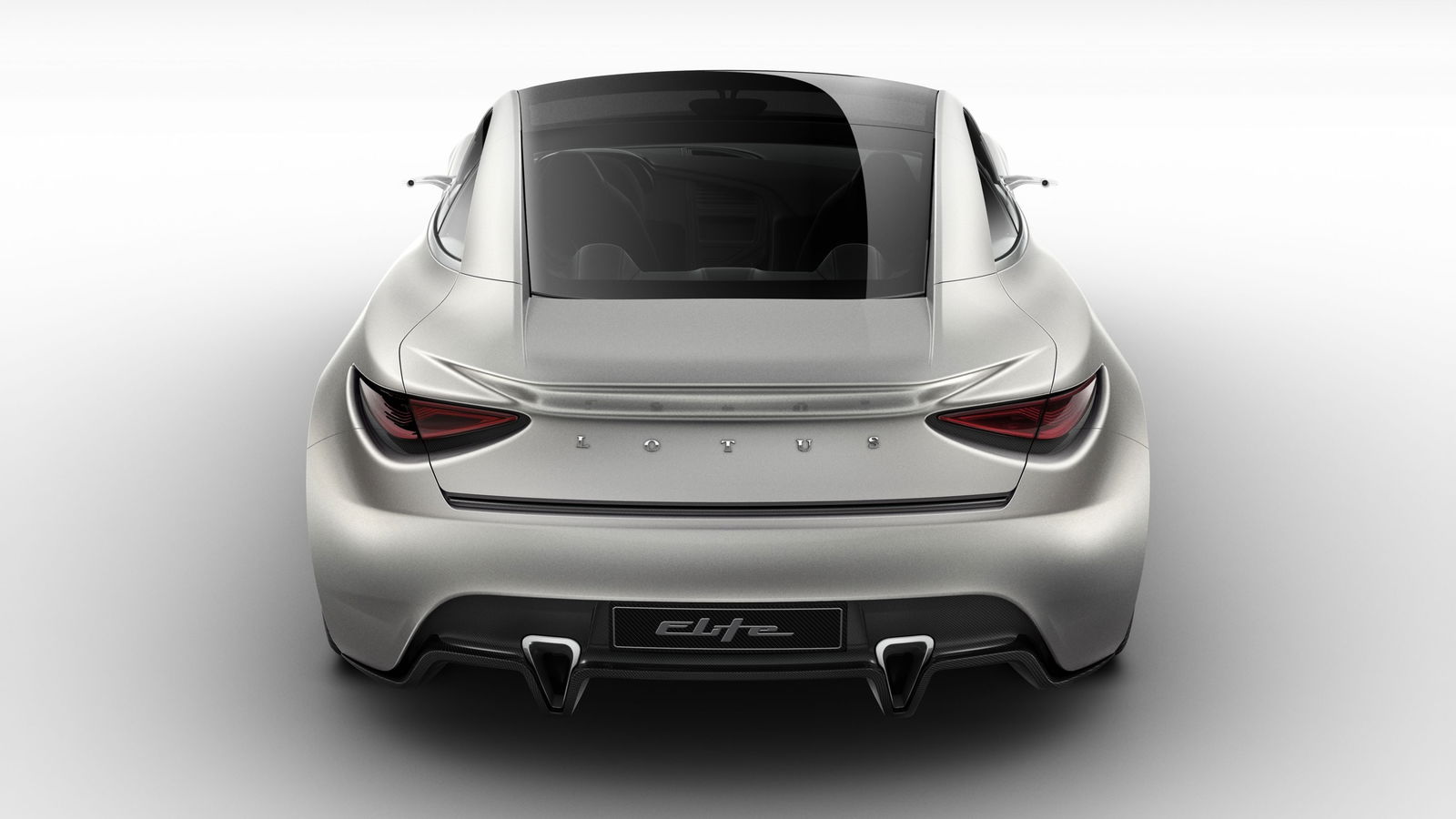
The other, the Eterne, was the only one of the five not to wear an existing Lotus name, and was aptly a new kind of Lotus (if you don’t count the Carlton): a high-performance four-door luxury saloon, at a time when this segment was expanding rapidly with the Aston Martin Rapide and Porsche Panamera. Both of these cars were to use V8 power.
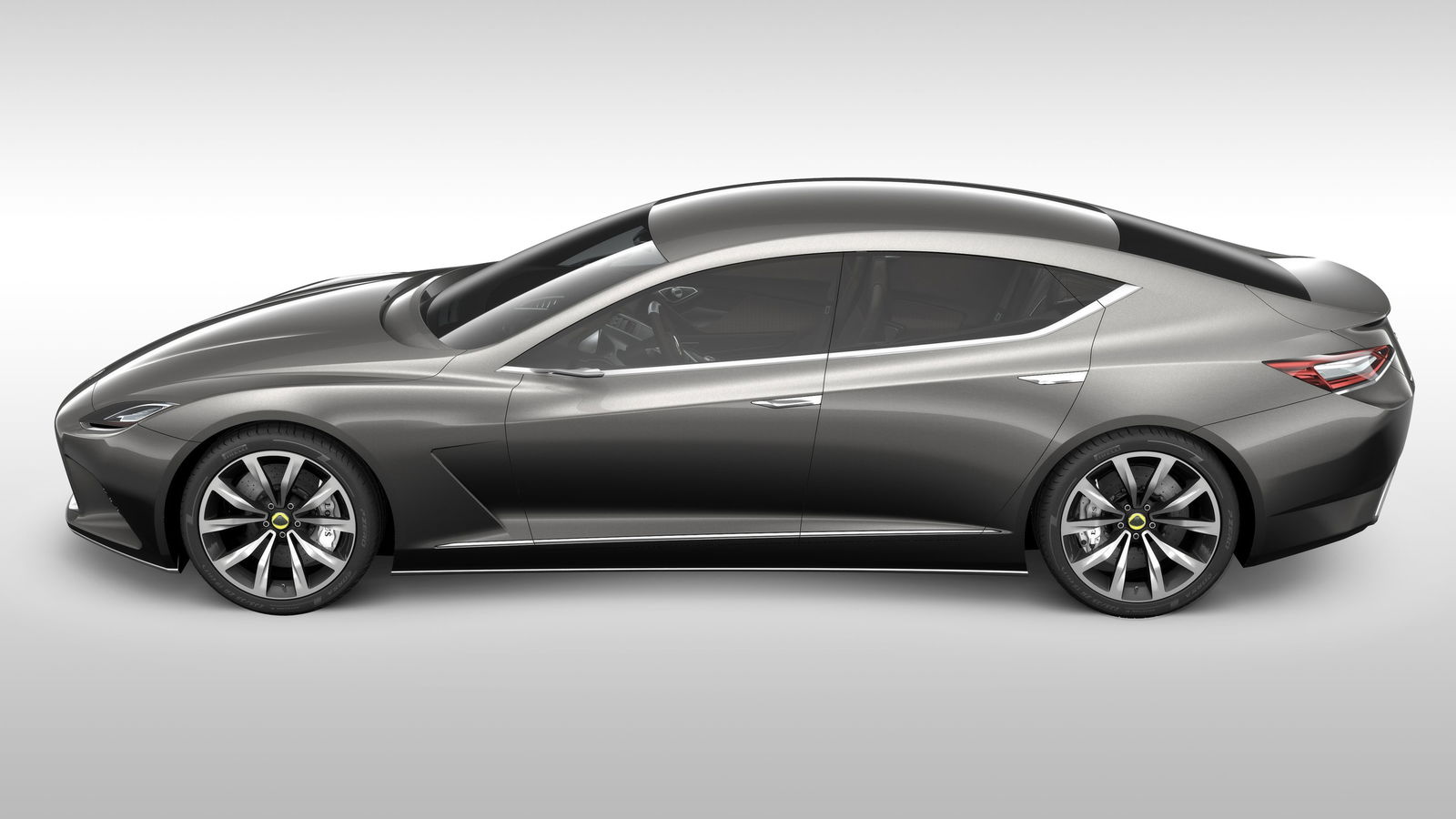
With the car industry in the grip of hybrid fever, all of these cars were envisioned as being available with some sort of electrified component. The Elise was nebulously defined as a ‘mild hybrid’, although confusingly, the example of this tech Lotus gave was a stop/start system – not really anything to do with being a hybrid at all. All the others were going to come with optional KERS, a tech that the era’s F1 cars had shoved into the spotlight.
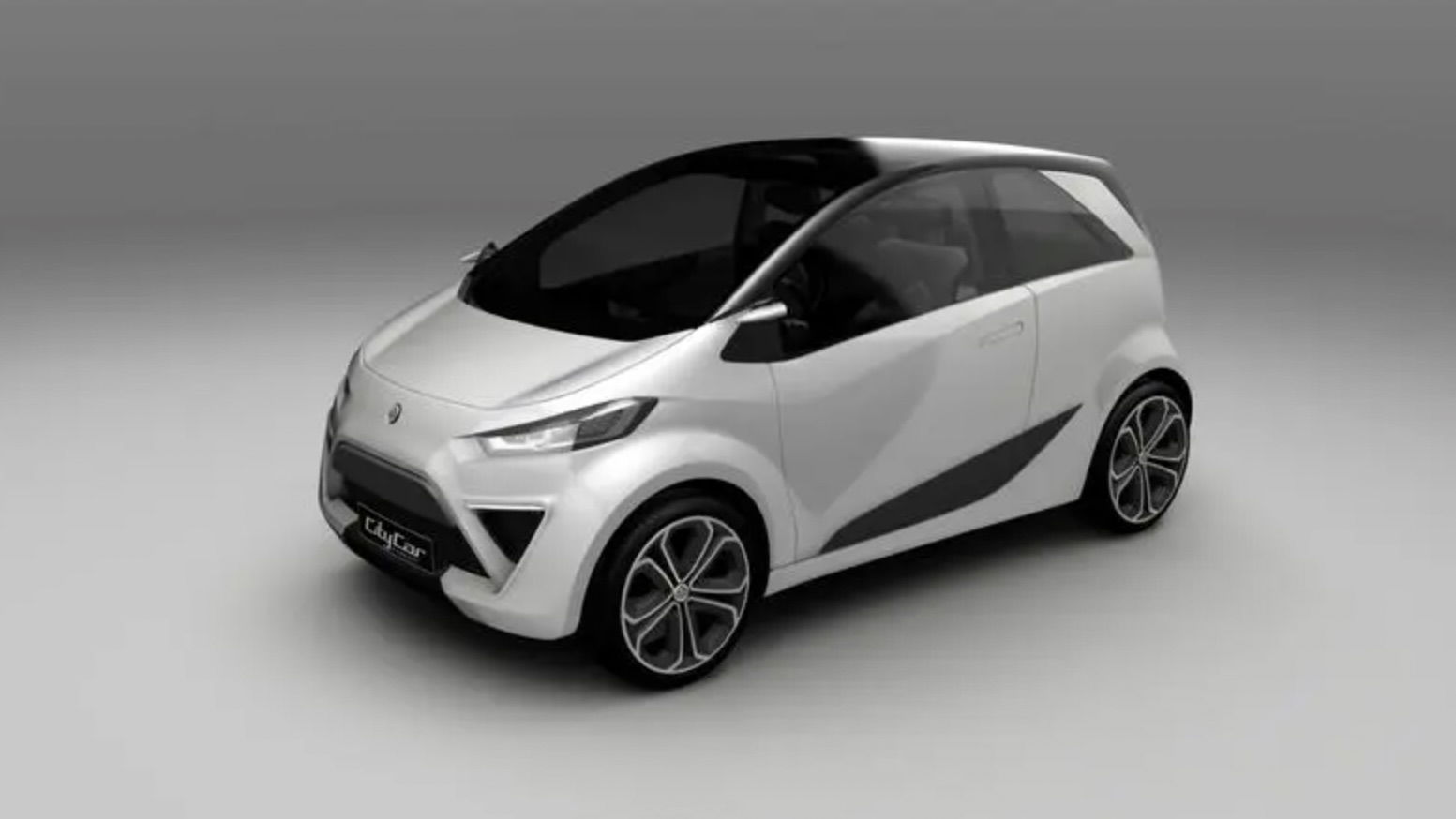
Oh, and there was a surprise sixth concept too, very different to all the others: a tiny city car with a range-extender EV powertrain. Initially simply called the CityCar concept, it was given the more Lotus-y name of Ethos the following year. This one seems a bit out of step with the others, and indeed anything else Lotus has made before or since, but this was a time when car companies were scrambling to meet upcoming fleet emissions rules, leading to weirdness like the Aston Martin Cygnet.
Initially, everyone was rather bowled over by these show-stopping concepts, with the company claiming that they’d all be in showrooms by 2015, elevating Lotus into territories hitherto unseen. Ahead of the show, Lotus held a glitzy and slightly surreal launch event, featuring guest appearances from racing legend Stirling Moss, live-action Barney Rubble Stephen Baldwin and frizzy-haired axe-shredding badger enthusiast Brian May. Moss was a particular fan, saying: “To be 50 years younger and have one of these, you’d pick up all the girls, wouldn’t you?”
At this same event, Bahar said: “I believe no car manufacturer has ever done this, to launch a full product lineup at one event.” He would quickly learn why.
The company kept up the illusion that work was underway for around a year and a half, but various delays to the plans were made public during this period. Then, in summer 2012, Bahar was suspended then fired from Lotus amid allegations that he’d been misusing company funds. The following month, reports emerged that almost all of his planned cars had been killed, with company sources apparently calling his vision “basically unworkable.” Oof.
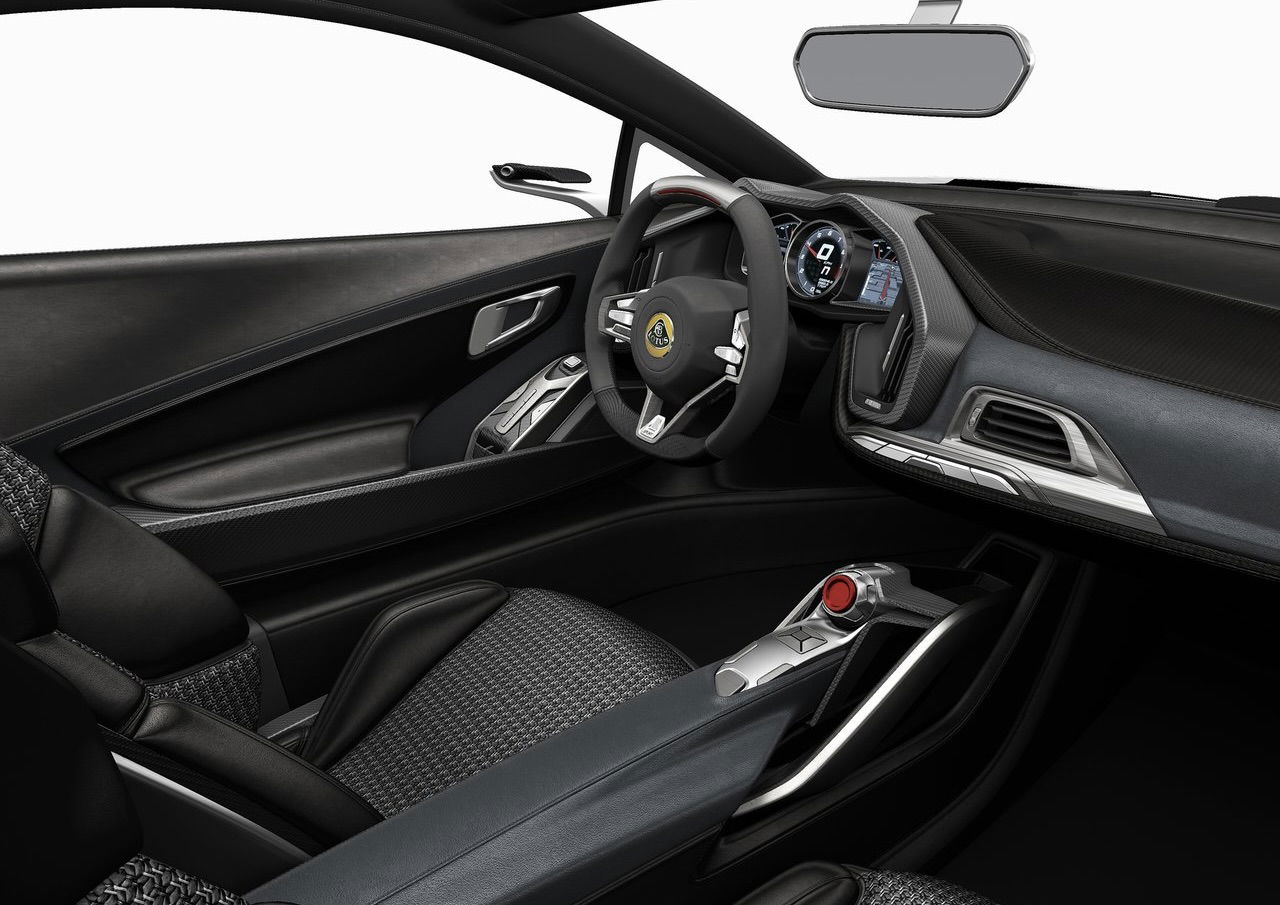
One of the concepts did escape the scythe’s merciless swing, though. Work continued on the new Esprit, and the planned Lexus V8 was even swapped out for a brand-new, in-house design, targeting over 600bhp. Lotus, a company that hadn’t developed its own engine in decades, got a prototype motor up and running, and rumour has it that had you frequented the back lanes of Norfolk in the early 2010s, you could have heard it doing development work in the back of a hacked-about Ferrari 458.
But by 2014, the coffers were dry enough that this car too was canned, and Lotus retained the same three-car lineup it had had for several years – the Elise and Exige, by then based on a near two-decade-old platform, and the Evora, the only truly new car it had introduced since the ’90s.
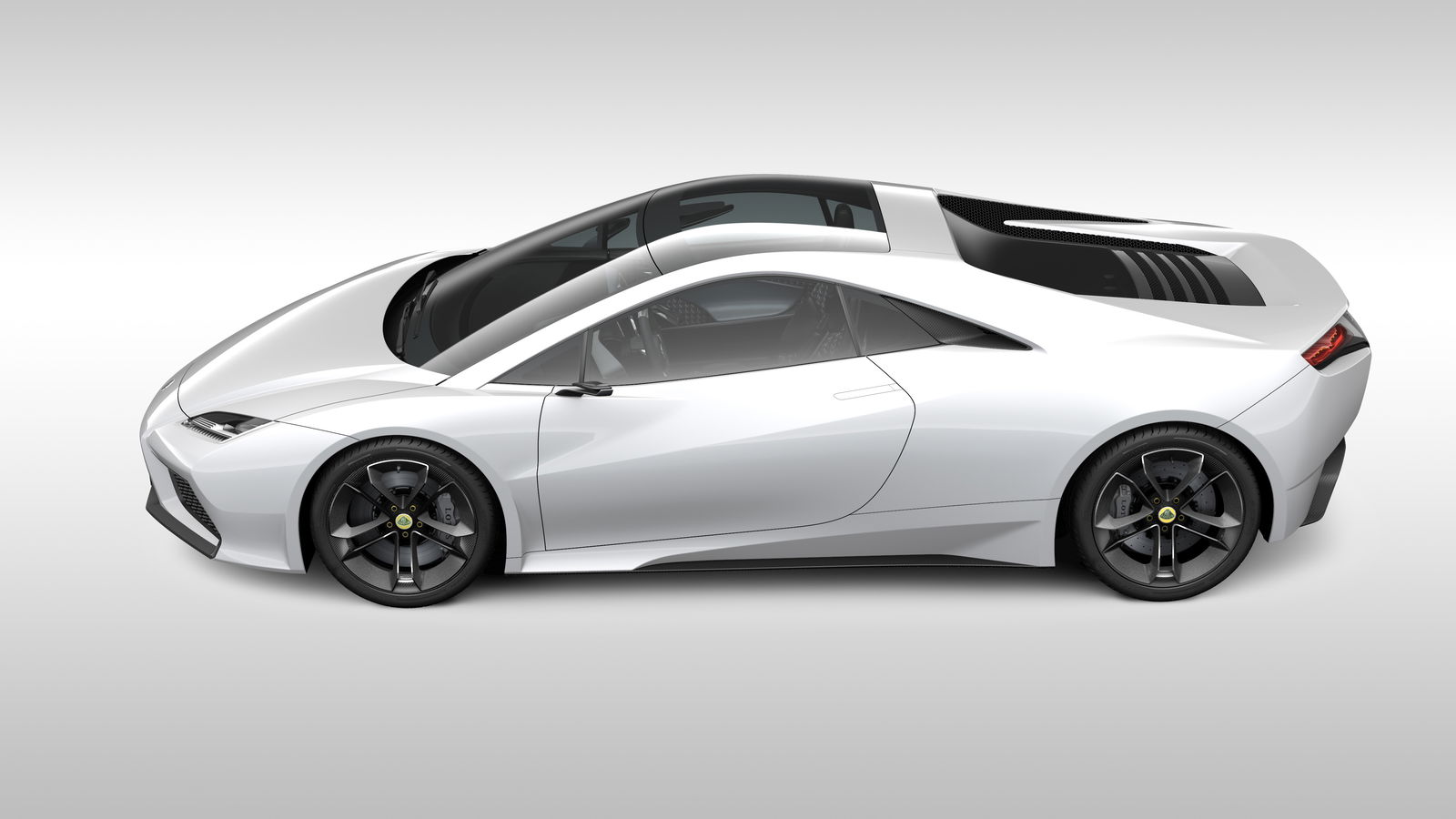
When Chinese giant Geely bought a majority stake in Lotus in 2017, would it learn from Bahar’s folly? Well, yes and no. It too led a move to push Lotus upmarket into Porsche territory, the key difference being that several of its planned models – the petrol Emira sports car, plus three EVs in the Eletre, Emeya and Evija halo hypercar – have actually made production.
But in the short term, at least, they’re still far from turning Lotus into the profitable company everyone wants it to be. There are several factors you can lay the blame on, but one of them is the fact that Lotus has often fallen victim to its ambition outstripping its resources – and never has that been truer than in that short, almost fever-dream-ish period with Bahar at the helm.

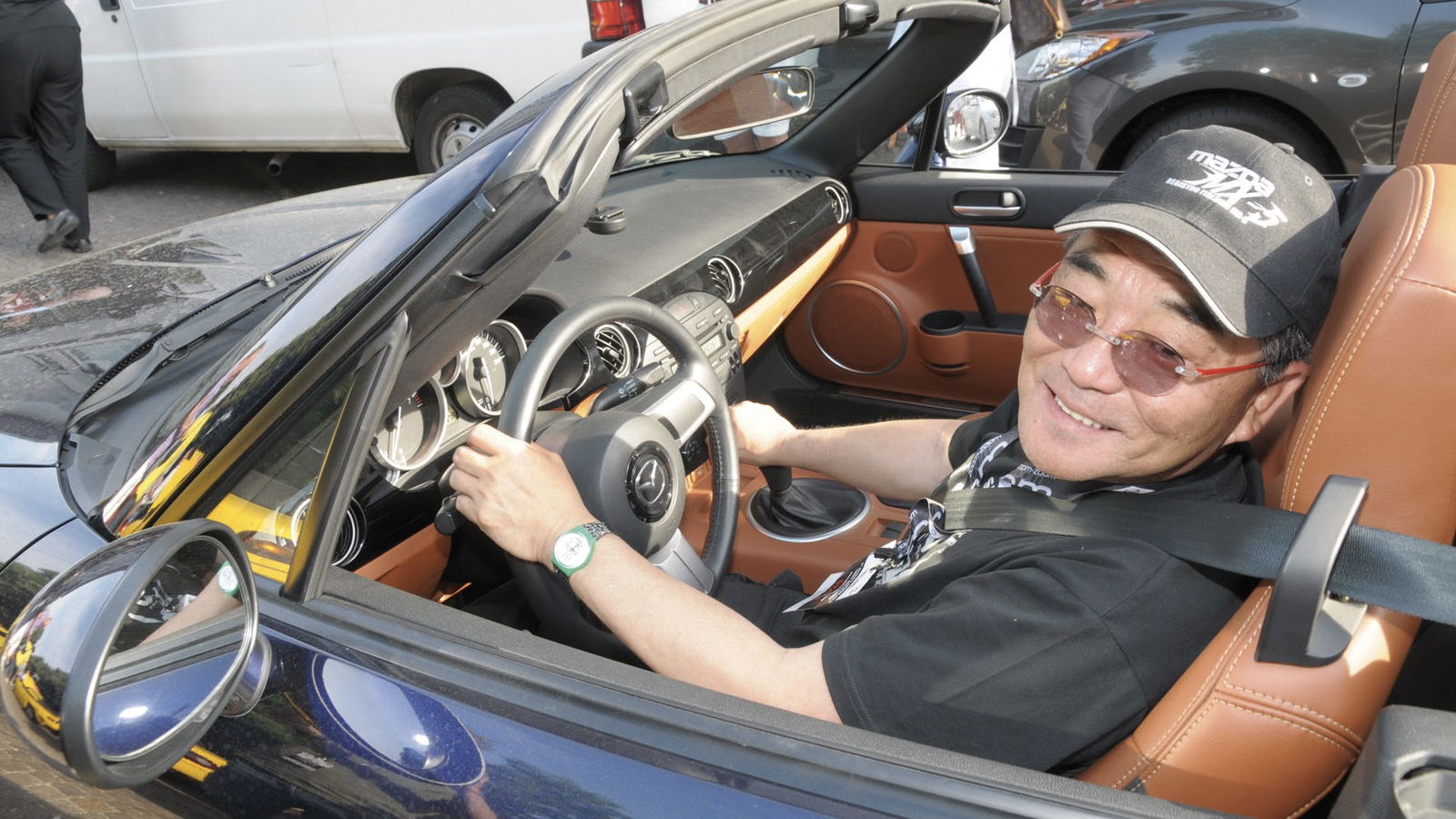

Comments